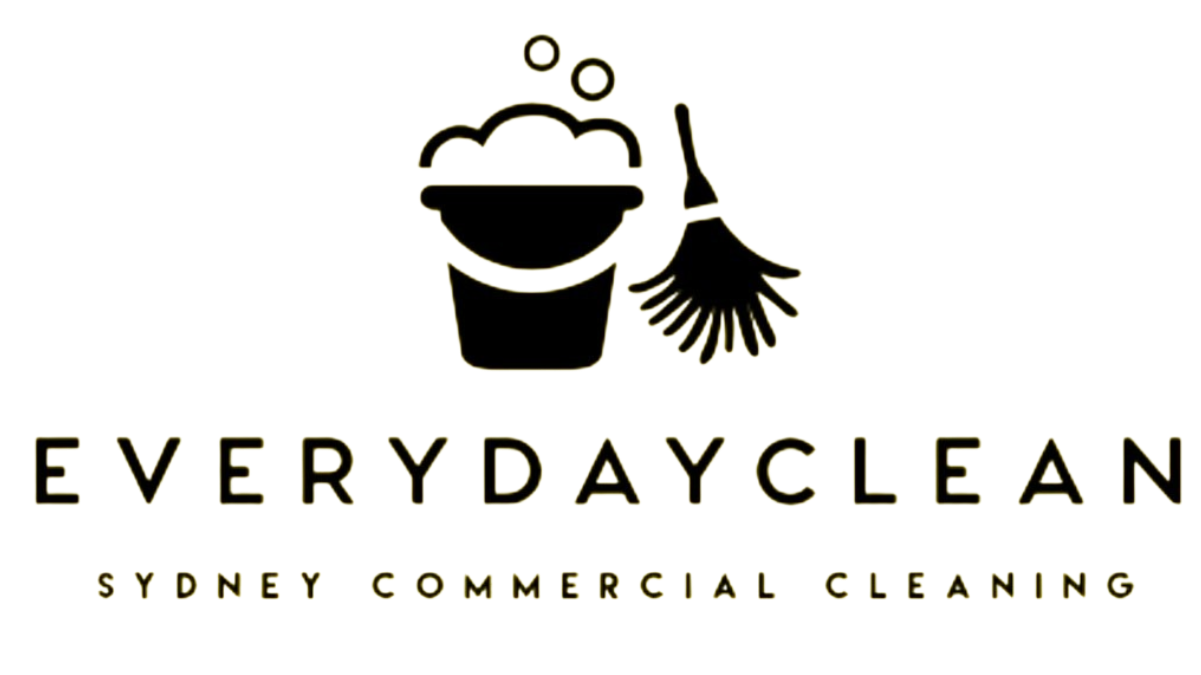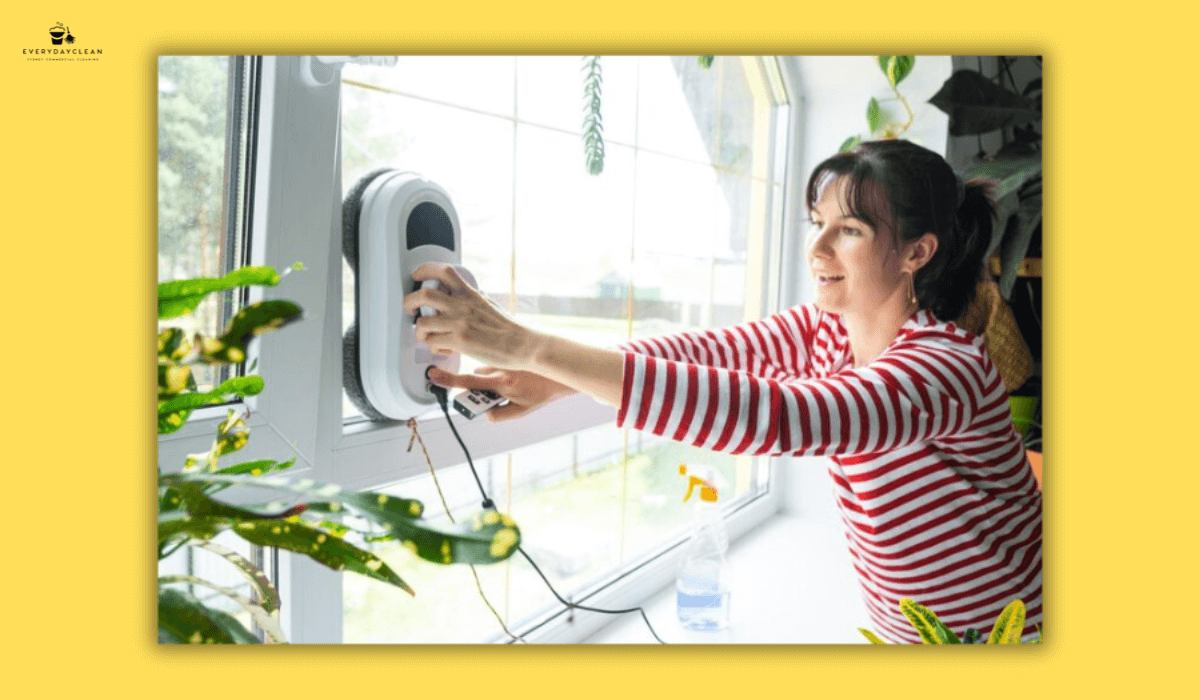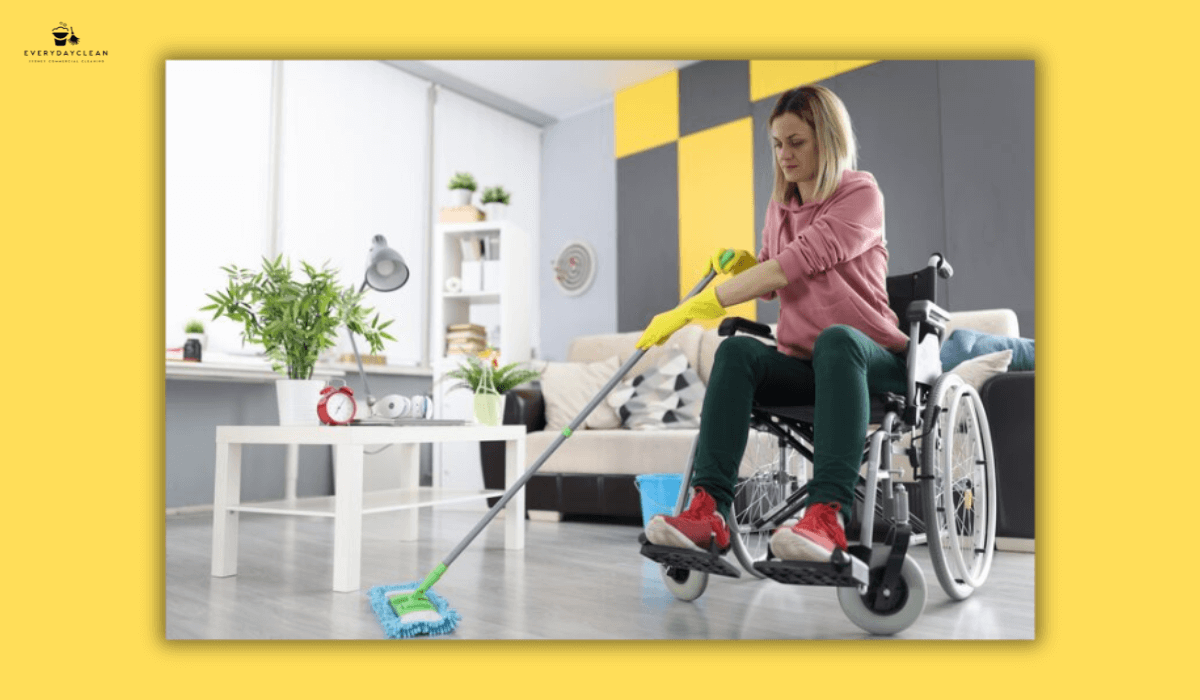7 Steps to Clean Windows Streak-Free Every Time
How to clean windows streak-free starts with using the right combination of solution, technique, and timing. Mix white vinegar with warm water or add a drop of mild dish soap for a gentle, residue-free cleaner. Always work on a cloudy day to prevent fast drying, and use a squeegee in overlapping strokes to remove the solution smoothly. Wipe the blade between passes and finish by buffing edges with a dry microfiber cloth or newspaper. This professional method ensures your windows stay spotless, shiny, and streak-free - every time.
This guide breaks down every step used by Australian cleaning professionals to achieve clear, sparkling glass in homes, offices, and commercial buildings. From choosing eco-safe solutions to perfecting the S-motion, each part of the process ensures lasting shine without streaks or cloudy film.
1. Prepare Your Cleaning Tools and Solutions
A streak-free result starts before touching the glass. Professionals always check their tools - clean, lint-free, and properly maintained equipment makes the difference between polished and patchy results.
Gather the essentials:
- Microfibre cloths or chamois towels (they trap dirt instead of pushing it around).
- Squeegee with a new rubber blade for even water removal.
- Two buckets – one for the cleaning mix and one for rinsing.
- Mild pH-neutral cleaner or vinegar solution.
- Extension pole for high windows.
Mix equal parts white vinegar and warm water, or add a drop of dish soap for oily glass. This simple solution dissolves residue without streaking or leaving fragrance buildup - ideal for both domestic and commercial properties.
2. Pick the Right Time and Conditions
Timing directly affects drying speed and streak formation. Cleaning windows under direct sunlight or high humidity leads to premature evaporation, causing visible marks even on perfectly cleaned glass.
For best results, work early in the morning or late afternoon, when the sun is low and the glass is cool. Overcast days are ideal for larger glass surfaces such as gym fronts or high-rise facades. The cooler conditions allow the cleaning solution to stay wet longer, giving time to break down dust, pollen, and greasy films evenly before wiping.
This small adjustment dramatically improves clarity and consistency across every pane.

3. Remove Surface Dust and Debris Before Washing
Before applying any liquid cleaner, dry-dust the area. Spraying over cobwebs or loose grit creates streaks and tiny scratches that dull transparency.
Use a soft brush, duster, or dry microfibre cloth to sweep window sills, corners, and frames. For exterior windows, rinse lightly with a hose or spritz plain water to dislodge pollen and grime.
This pre-cleaning step is standard in commercial window maintenance - it reduces detergent waste and ensures that when you apply cleaner, it lifts dirt rather than spreading it.
4. Apply Cleaner Using Professional Technique
Application technique is the heart of a streak-free clean. Professionals use an S-pattern method: starting from the top left corner, glide horizontally in overlapping strokes down the glass.
Dip your microfibre cloth or mop into the cleaning solution, squeeze excess liquid, and apply evenly. Avoid over-saturating - too much fluid creates drip lines. Wipe the squeegee blade with a towel after each pass to prevent residue transfer.
For interior windows, spray the cleaner directly onto the cloth instead of the glass to avoid drips onto walls or flooring. This precision control separates a professional finish from a casual wipe.

5. Dry Thoroughly and Inspect for Streaks
Even perfect washing can fail without proper drying. Water residue is the number-one cause of streaks.
After cleaning, run the squeegee once more from top to bottom, overlapping slightly. Then, use a dry microfibre cloth to buff corners, edges, and the lower sill where droplets collect.
Step back and inspect under different angles of light - natural daylight reveals hidden marks better than indoor bulbs. If faint streaks remain, wipe again using plain water on a fresh cloth to remove detergent residue completely.
6. Avoid Common Streak-Causing Mistakes
Most streaks come from small, avoidable errors. Cleaners often underestimate the impact of dirty tools, harsh formulas, or poor timing.
Common pitfalls include:
- Cleaning under direct sunlight or strong indoor heat.
- Using paper towels that shed fibres.
- Spraying excessive product on the glass.
- Forgetting to replace worn squeegee rubber.
- Ignoring window frames, which leak dirt back onto the pane.
Correcting these habits is the fastest way to achieve a lasting streak-free finish. Routine tool maintenance, controlled moisture, and steady movement ensure consistent clarity across multiple cleaning sessions.
7. Maintain Windows with a Regular Cleaning Schedule
Preventive care is the easiest way to keep windows streak-free year-round. In Sydney’s coastal climate, salt residue, smog, and pollen can settle quickly, dulling glass within weeks.
Establish a cleaning rhythm that suits your environment:
- Homes: every 4–6 weeks.
- Retail fronts: weekly touch-ups with monthly deep cleans.
- Commercial facilities: professional cleaning every 2–4 weeks for high-traffic zones.
To plan ahead, it’s also helpful to understand the average window cleaning cost in Sydney for different building types and service frequencies.
Consistent maintenance limits mineral buildup and shortens future cleaning time. Professional cleaners like
Everyday Clean also use purified water and non-abrasive cloths to extend the streak-free effect between visits.

FAQs About Cleaning Windows Streak-Free
Before exploring specific concerns, it’s worth noting that streak-free cleaning is a process, not a single trick. The following questions address the issues most commonly raised by homeowners and facility managers alike.
Why are my windows still cloudy after cleaning?
Cloudiness usually stems from leftover detergent or minerals in tap water. Hard-water calcium deposits bond to glass and create a haze that simple wiping cannot remove. The solution is to rinse with distilled water or a vinegar-based cleaner, then dry completely using a fresh microfibre cloth. In commercial jobs, professionals use de-ionised water to neutralise minerals and restore optical clarity without chemical residue.
Can dish soap be used to clean windows?
Yes - sparingly. Add only one drop per litre of warm water. While dish soap removes grease, too much leaves streaky film. Always rinse with clean water afterward. Professional teams often rely on pH-neutral detergents or vinegar blends to avoid residue while maintaining glass integrity over time.
Is a squeegee better than a microfibre cloth?
Each tool has a specific purpose. Squeegees deliver quick, uniform coverage for large panes, while microfibre cloths excel in detail work and smaller windows. Many cleaners combine both - squeegee first for efficiency, then finish with a cloth for a perfect polish. For commercial projects, consistent blade replacement ensures every pull leaves a dry, streak-free surface.
When is the best time to wash windows?
Cool, shaded periods such as early morning or late afternoon are ideal. Cleaning under direct sunlight dries the solution too fast and creates streaks. Maintaining a consistent temperature also reduces condensation, especially in air-conditioned offices or gyms where humidity shifts rapidly.
What is the best streak-free cleaning solution?
A reliable mix of equal parts vinegar and warm water provides professional-level clarity. For heavy soil, add a teaspoon of rubbing alcohol for faster drying. Avoid ammonia-based glass sprays that can damage tint films or leave invisible residue that attracts dust.
Final Thoughts on Streak-Free Window Cleaning
Mastering how to clean windows streak-free is a matter of precision, patience, and process. By following structured steps - from pre-dusting and timing to drying and inspection - glass surfaces stay crystal clear for longer.
For commercial buildings, gyms, and schools in Sydney, Everyday Clean delivers professional window cleaning using eco-friendly solutions and advanced water-fed systems. Each service ensures streak-free transparency, enhanced light, and safer, compliant results across all types of glass.
Contact Everyday Clean today to book a professional window cleaning service that keeps your property bright, clear, and spotless.
Author: Everyday Clean Content Team
Everyday Clean is Sydney’s trusted provider of commercial cleaning solutions, including windows, gyms, schools, and childcare centres. Our certified team uses eco-safe methods for streak-free shine and lasting results.



